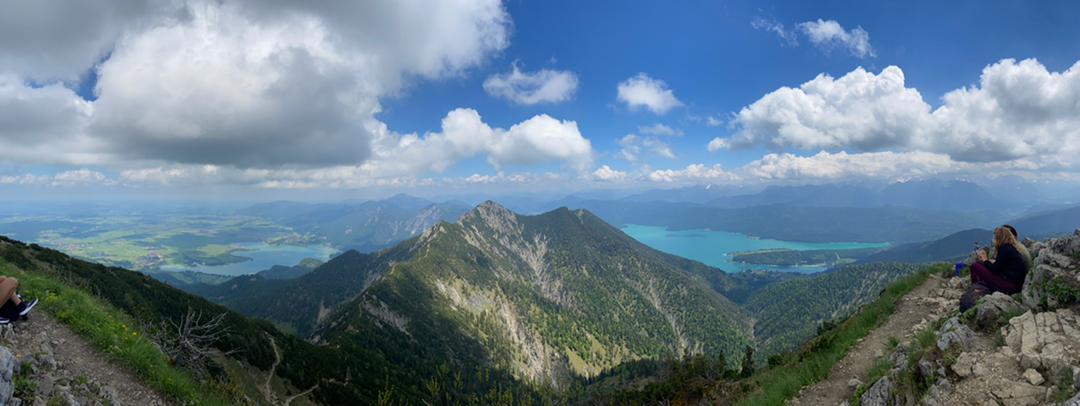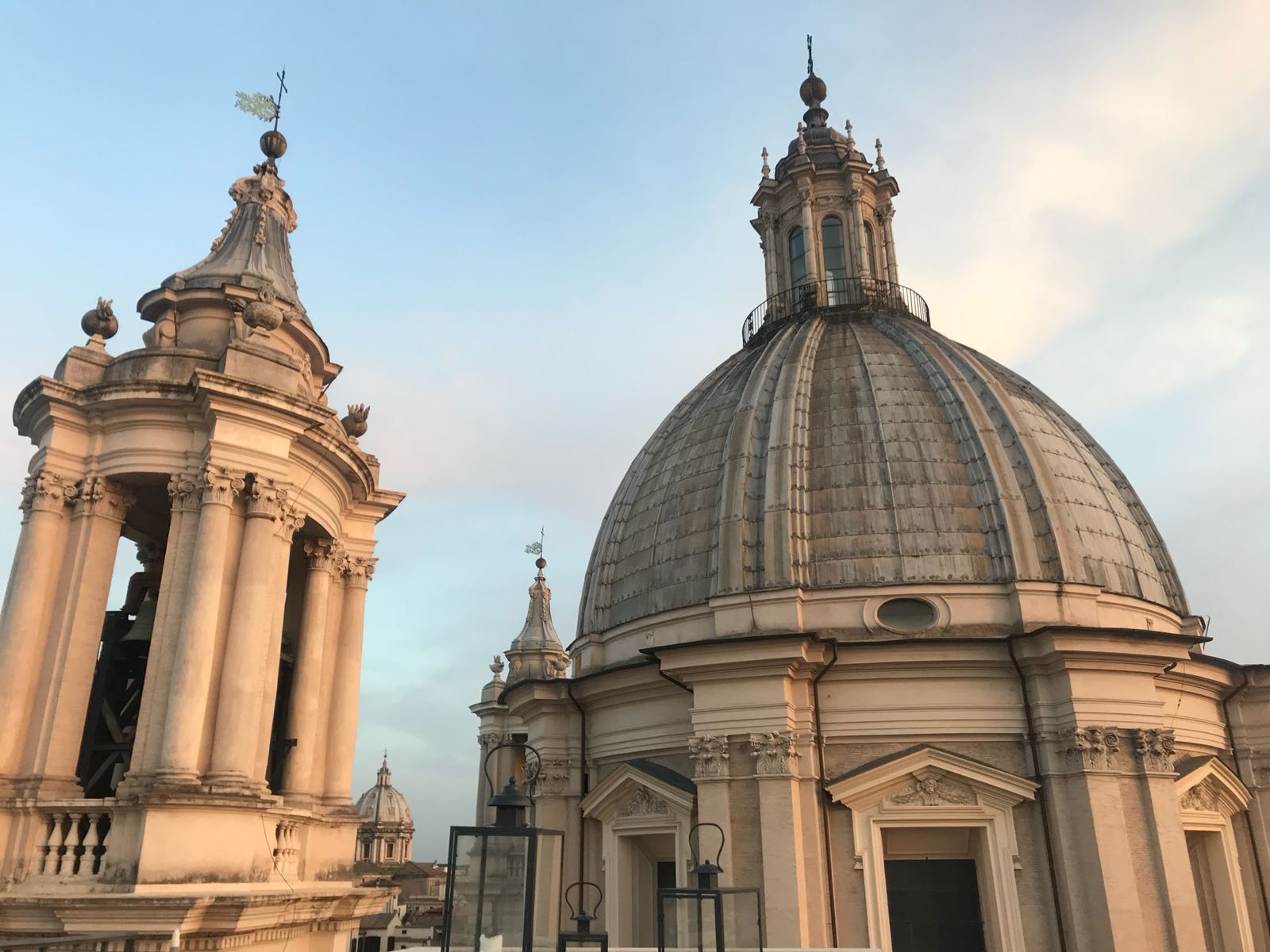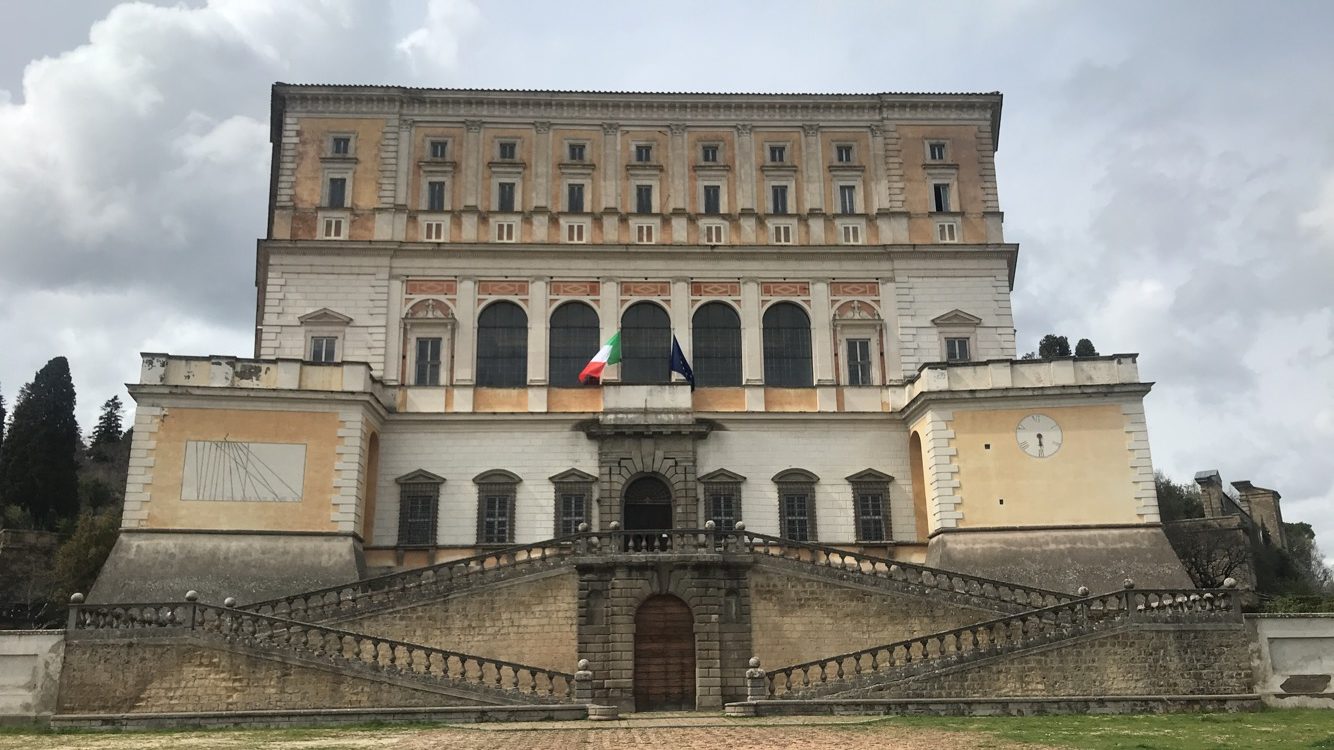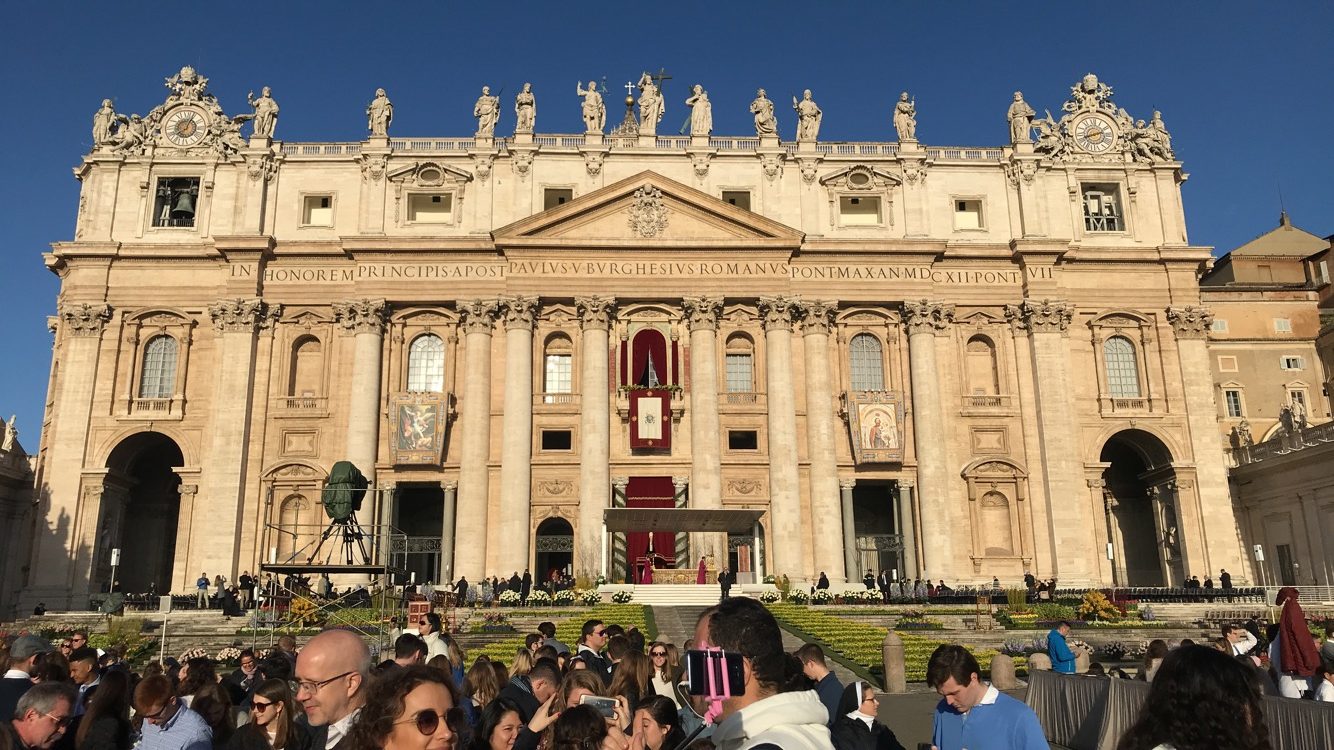I arrived in Munich late Friday night and met Juliette, my roommate from school who is currently studying abroad in Dublin, at the airport. We caught up on the train that took us into the city and went to bed shortly after checking into our hostel.
Saturday morning we woke up fairly early to catch a train to the small town where the Neuschwanstein Castle is located and spent the morning exploring there. Neuschwanstein is a picturesque castle built by Kaiser Ludwig II of Bavaria, also known as the Swan King and the Mad King. He is famous for building elaborate and fantastic castles and palaces, and his untimely death is still shrouded in mystery. Walt Disney used the Neuschwanstein Castle as inspiration for Cinderella’s Castle in Disney World. Unfortunately, it was very foggy outside and taking photos inside is forbidden, so I don’t have many good exterior or interior pictures. After visiting the elaborate rooms, we grabbed a hearty German lunch and caught the train back to Munich.
Once our train arrived, we walked to Marienplatz, the city’s main square, stopping in a church and some stores on the way. After walking around the city center, we decided to grab dinner at the original Hofbrauhaus. It was pretty exciting to be in there, though the environment was undoubtedly touristy. After a long, cold day, we went back to the hotel and skyped our other two roommates, Jess and Brittany (both of whom I saw in Dublin during Fall Break)!
Sunday morning we woke up and headed back into the city center for a walking tour. The tour began in Marienplatz, Munich’s main square, by watching the famous Glockenspiel ring on the hour. Then we learned about the city’s history as we passed the main churches, squares, and monuments. Of particular interest was Munich’s unfortunate ties to the foundation of Nazi party. After being rejected from the Vienna Academy of Fine Arts, Hitler moved to Munich where he began his political involvement. In fact, we saw the building from which Propaganda Minister Joseph Goebbels gave his radio speech that sparked Kristallnacht. The Hofbräuhaus was another location where the earliest form of the Nazi party was very active. A keen observer can still see a trace of this sinister past where, on the painted ceiling, multiple Bavarian flags are painted in an interesting manner to cover up a swastika that was once there. The last place we stopped was the Feldherrnhalle, a Florentine-esque loggia dedicated to the Bavarian army. The monument’s meaning was undermined when Hitler rededicated it to the 16 Nazi Party members who were killed during his Beer Hall Putsch, a failed military coup. Passers-by were obligated to salute the monument, and an adjacent street, Viscardigasse, became known as Drückebergergasse, or Dodgers Alley, because it was frequented by Hitler’s desenters. Unfortunately, the situation progressed to the point where one could be questioned and arrested for walking down that street. After the war the Feldherrnhalle was reverted back to its original form and meaning.
We also learned more lighthearted stories, most of which centered around beer, like the origins of Oktoberfest, the tradition of stealing a town’s Maypole, and using beer to bargain for military peace. Munich is known for its six breweries (Löwenbräu, Hofbräuhaus, Augustiner, Paulaner, Hacker-Pschorr, and Spaten), so after the tour we got lunch at an Augustiner beer hall. After filling ourselves up, we went inside the Frauenkirche. This church wasn’t as heavily damaged as the rest of the city during the bombings of WWII since, like in Hamburg, its towers were preserved to act as navigational markers for the pilots. The church is also connected to lore. According to legend, the architect needed money to build the church so he made a deal with the devil: the devil would pay for a church but only one without windows. Upon completing the structure, the architect brought the devil to a spot in the church from where no windows could be seen. In addition, the devil could venture no further into the already consecrated church. The devil stomped in anger, leaving a footprint that remains there to this day. The devil’s anger is also supposedly the reason there is a violent wind around the church. We then visited Munich’s other major church, Peterskirche, which has a myth of its own. It contains the bejewelled skeleton of Saint Munditia, the patron saint of single ladies. The myth promises that a visit accompanied by a prayer to her guarantees she’ll find you a romantic partner soon. After walking through the interior we climbed up the bell tower and got an incredible view of a snow coated Munich.
After visiting the churches we wandered through the English Garden, which was a winter wonderland. It felt like walking through Narnia. All of the locals were running, walking their dogs, sledding, and building snowmen. With that, we closed our Munich visit and headed to the airport where we said our goodbyes.


























Leave A Comment